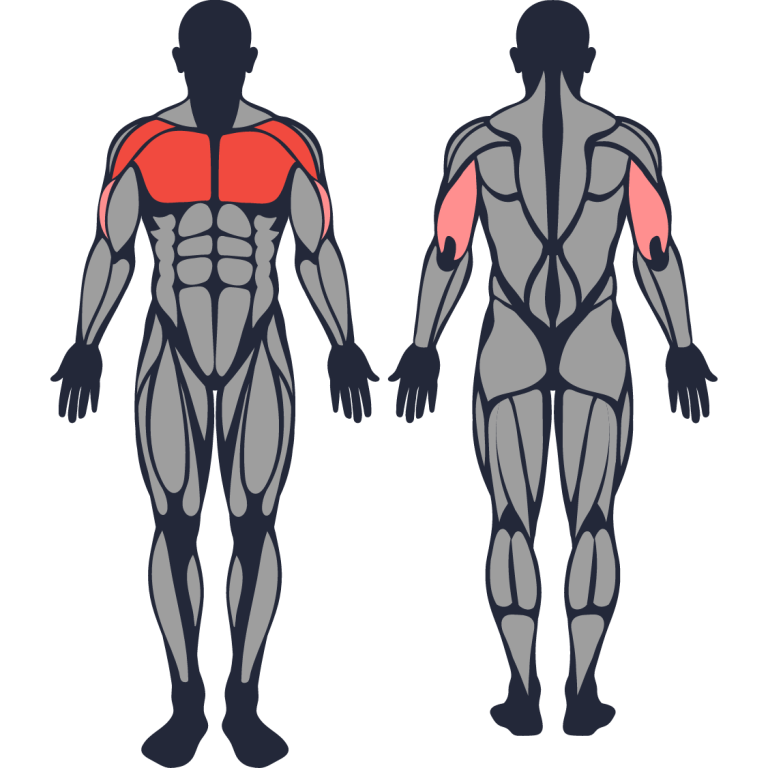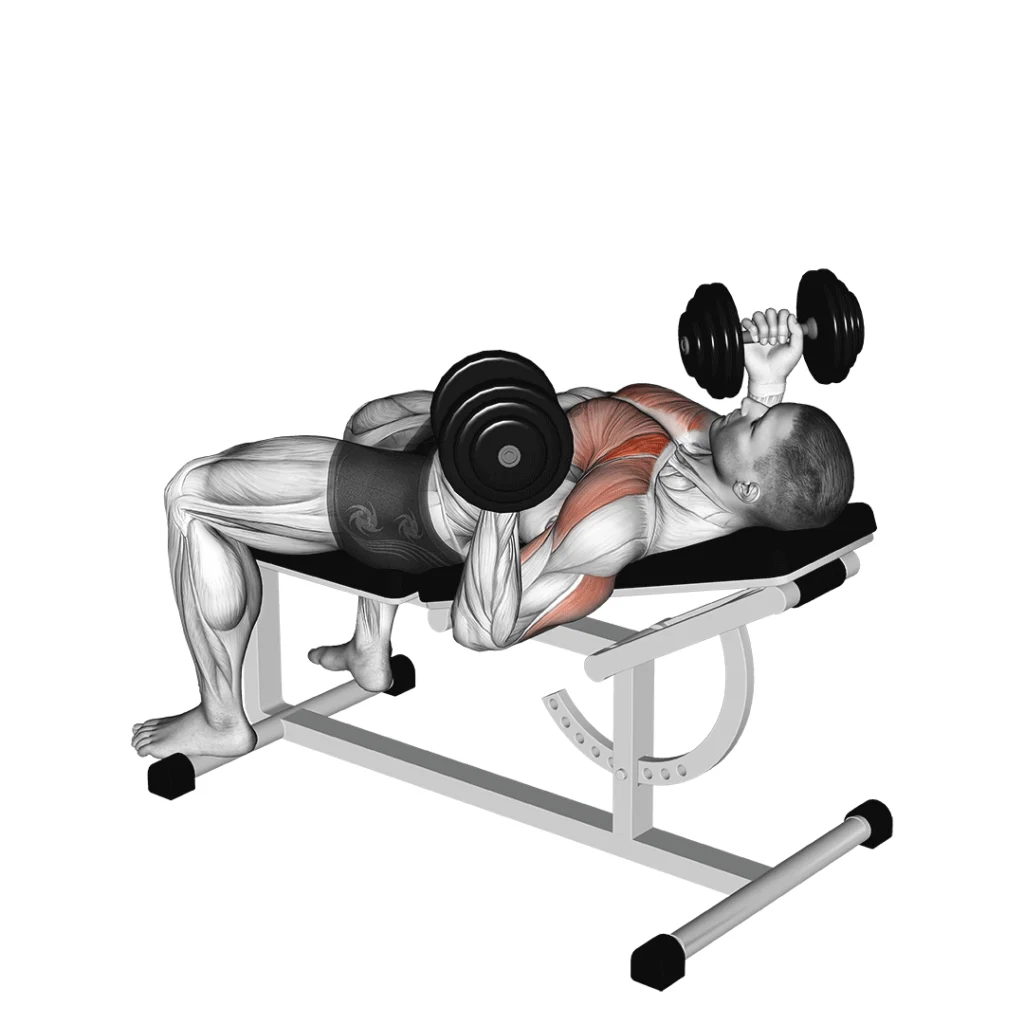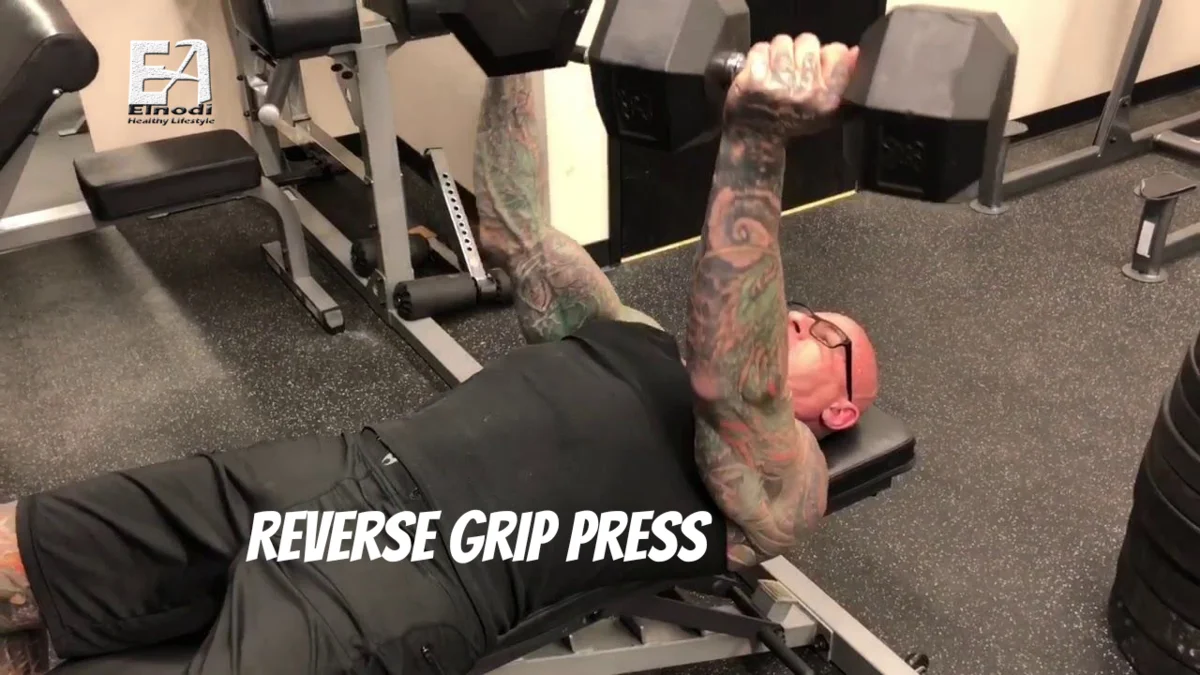The reverse grip press is a safe and effective way to build chest density. If you’re looking to develop more bracing strength in your upper chest.
There’s a lot of talk about how to build chest strength, but what about the reverse grip press? This simple and effective movement can help you target your upper chest with minimal risk of injury.
The reverse grip press is a great way to work your upper chest muscles. It’s also a safe movement – perfect for beginners who are new to weightlifting. The key to this exercise is adding resistance by using a quarter or half grip. This means that you will hold the weight in one hand at shoulder height, with the palm facing toward your body – similar to how you would grip a barbell. The other hand should be placed behind your back, facing away from the weight stack. When performing this exercise, ensure that your back is kept tall and straight.
The reverse grip press is an effective way to strengthen your upper chest. It’s also a safe movement – perfect for newcomers who are new to weightlifting. In addition, adding Resistance by using a quarter or half grip can help you target more muscle groups than just the pectoralis Major. So if you’re looking to add some extra strength to your chest, give the reverse grip press a try!
Benefits of the reverse grip press
As previously stated, the reverse grip bench press can provide a lower-risk option to the regular bench press for those who have shoulder ailments or soreness.
A few other benefits of the reverse grip bench press include adding additional variety to your exercise program.
Training the chest and triceps through horizontal pressing exercises is essential for developing a muscular upper body, especially for muscle building.
The pronated grip used in conventional bench pressing, or a neutral grip sometimes used with dumbbells or a chest press machine, is used in most traditional chest workouts.
The reverse grip offers a novel stimulus to your muscles. The change in movement activates slightly different fibers, which can help round out your muscular development.
Adding variation to your program also decreases the danger of overuse injuries and keeps your body from becoming overly acclimated to one action, potentially slowing your progress.
Finally, varying your workouts reduces the likelihood of becoming bored with the same regimen indefinitely.
Given the long-term commitment required for strength and muscle gain, this is critical for sticking with strength training for the long haul.
Muscles worked in the reverse grip press

The overall muscles worked during the reverse grip bench press are the following:
- clavicular area of the pectoralis major (upper portion of the chest)
- biceps brachii
- triceps brachii
- anterior deltoid (the front shoulder muscle)
Reverse Grip Dumbbell Bench Press Instructions

The reverse grip dumbbell bench press is the same as the dumbbell bench press except you use a reverse grip.
- Holding a pair of dumbbells and sitting on the end of a flat bench with the dumbbell ends resting on your knees, prepare for the workout.
- Slowly lie on the bench and raise the dumbbells straight up above your chest.
- Twist the dumbbells so that your palms are facing your shoulders. This is the starting position for the exercise.
- Lower the dumbbells cautiously maintaining your palms aligned with your chest center.
- Pause and raise the dumbbells back to the starting position when the handles reach roughly chest height.
- Repeat movement for desired reps.
Reverse Grip Dumbbell Bench Press Tips
- If you’re using big weights, you can push the dumbbells back with your thighs while you roll back on the flat bench.
- At the top of each rep, don’t let the dumbbells touch.
- Maintain slow rep time, lowering the weights at a slower rate than lifting them.
- Use a full range of motion when lowering the dumbbells.
Precautions for the reverse grip bench press
Although the reverse grip bench press is quite safe when executed correctly, there are a few precautions to take.
The biggest issue is that the grip is less mechanically secure compared with the traditional bench press. This can increase the risk of dropping the barbell or having it slip from your hands when performing a repetition.
Using a skilled spotter or safety pins mitigates this risk significantly. If the bar begins to slip, your spotter can assist you, and the safety pins will grab the bar and keep it from crushing you.
You can also reduce slip risk by practicing the movement with light weights or just the bar until you master the range of motion and grip dynamics. In general, this is good advice when performing new exercises and key for preventing injuries when learning new movements.
If your gym allows it, smearing weightlifting chalk on your hands can help you get a better grip on the bar.
An additional consideration is the specificity of the movement. Specificity refers to how well a given exercise translates into sports performance.
For example, the sport of powerlifting requires benching with a standard, pronated grip.
Although powerlifters may benefit from some reverse grip benching as a warming or recovery routine, the majority of their attention should be focused on improving performance on the movement they use in competition, which in this case is the regular bench press.
Similar considerations apply to other sports, where coaches should carefully consider the dynamics of the sport when assigning resistance exercises.
Athletes, after all, have limited time to train and recover, therefore choosing sport-specific activities is especially vital for this population.
Aside from these factors, the reverse grip bench press is a safe and effective technique that is worth trying for most general fitness and muscle-building reasons.
Reverse grip bench press variations
The reverse grip bench press has numerous variations. Any exercise that involves horizontal pressing with the reverse grip is essentially a version of the reverse grip bench press.
The following are a few notable examples of reverse grip bench press variations.
Incline reverse grip bench press

The inclined reverse grip bench press is performed using a bench with an incline of 30–45 degrees. This results in a different pressing angle relative to the flat bench.
Otherwise, the general form cues are the same — use the reverse grip, have a spotter or safety pins nearby, and make sure the bar starts above your upper chest and drops toward your sternum, resulting in an angled bar path with some horizontal movement.
Reverse grip barbell press

Performing horizontal presses with a barbell improves the exercises’ stabilizing demands, ensuring equal load on each arm and a more natural movement path throughout the motion.
Barbell presses can be done with a reverse grip, just as regular pressing. Always begin with small weights, especially given the instability of utilizing a barbell.
You can perform reverse grip barbell presses using a flat, incline, or decline bench.
You can also execute them while lying on your back on the floor, but the depth you can go will be limited because your upper arms will contact the floor.
Reverse grip machine chest press
Chest press machines are widespread in commercial gyms and provide a limited range of motion for chest training.
These machines are great for older adults and rehab patients, as well as for adding extra chest volume to your workouts.
They may feature an upright seat with a horizontal pressing motion, or they may be attached to a regular flat or incline bench arrangement.
To use the reverse grip variation, simply perform the chest press exercise with the supinated reverse grip.
Because there is no risk of dropping the weight on oneself if your grasp slips, the machines are a rather safe approach to mastering exercises with a reverse grip.
Summary
The reverse grip bench press is a supinated grip chest exercise in which your palms face you and your thumbs point outward.
This exercise is beneficial for shoulder injury prevention and rehabilitation, as well as somewhat different muscle activation, making it an excellent method to add variation to your program.
The exercise can be used by recreational lifters and athletes alike.
Athletes that must execute traditional grip bench presses, such as powerlifters, should limit their use of reverse grip bench pressing.
Safety considerations revolve around decreased grip stability when using a reverse grip position. Using a spotter, safety pins, and chalk can reduce this risk.
Additionally, start with light weights when mastering the movement for the first time.
Almost any horizontal pressing exercise utilizing the supinated reverse grip is a variation of reverse grip bench pressing.
Try the reverse grip bench press in your next chest session for a great twist on this traditional chest exercise.





